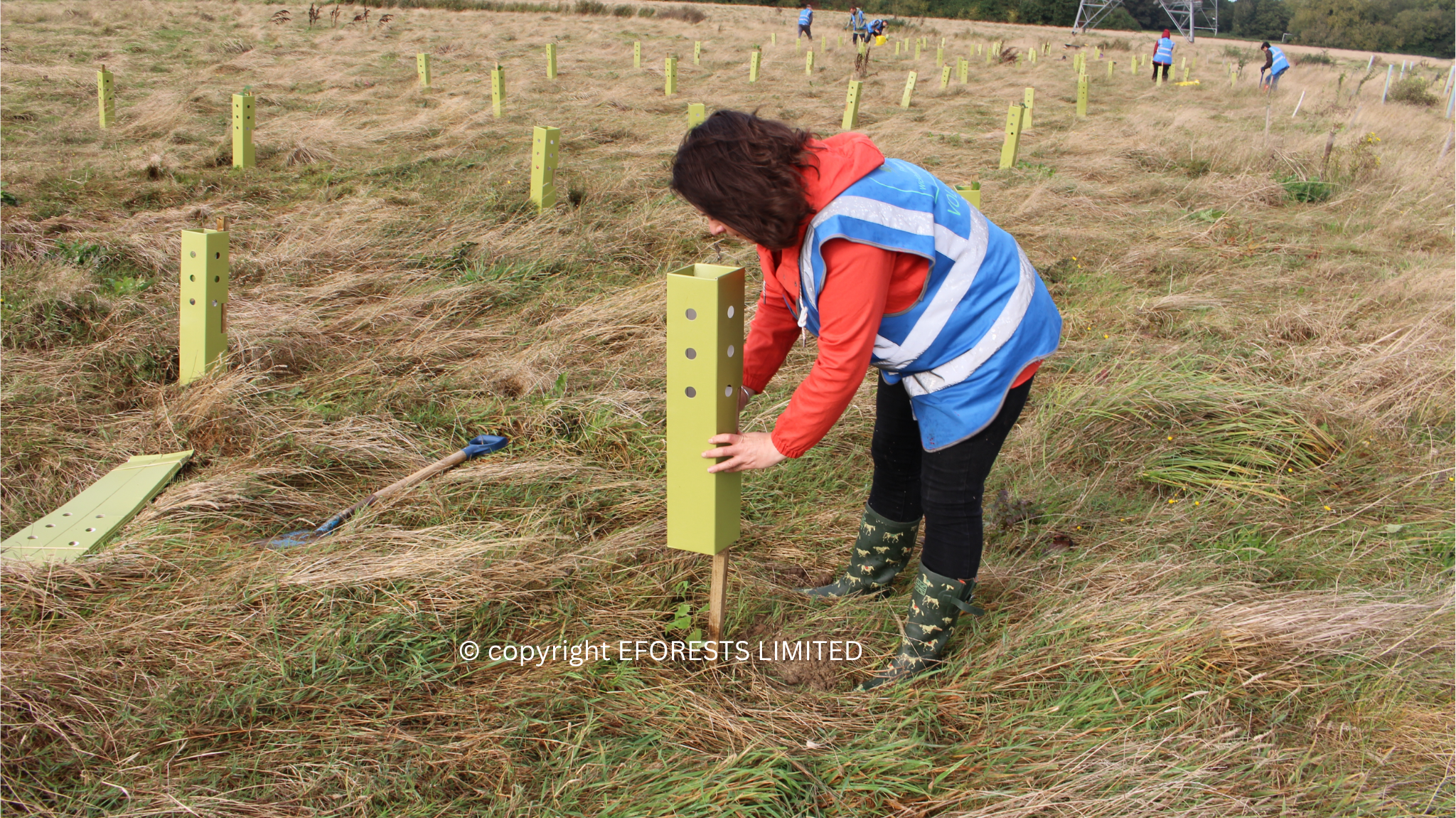The Covid-19 pandemic had a profound impact on our professional lives. New safety measures introduced during the pandemic inflated the rate at which people worked from home, and since then, hybrid and remote working has become the new normal.
Cord found that, in May 2021, tech jobs accounted for around 30% of remote vacancies in the UK, and 82% of vacancies listed in September 2021 were hybrid. Since then, most opportunities in the technical jobs market are either hybrid or remote.
Why should you offer hybrid & remote working?
In a candidate short market, companies must be agile, and adapt their demands to meet the needs and requirements of the talent pool.
A primary benefit of hybrid and remote working is that it provides a better work-life balance for employees and helps improve their wellbeing. Recent data from Microsoft states that 42% of the UK workforce are seeking work that prioritises health and wellbeing. Hybrid and remote working not only benefits employees, but it can also open up the talent pool and broaden geographical parameters when looking for candidates – a vital feature in a candidate short market.
Likewise, job adverts that included hybrid working or “work from home” phrases attracted 30% more applicants than adverts that didn’t. You must wonder why some companies wouldn’t consider adopting a hybrid/remote approach to working?
Whilst most managers have seen the positive results of flexible working models, 37% of business leaders say that the approach has negatively affected working relationships. But with a strong onboarding process for remote and hybrid workers, you can help support your new starts, and build strong communication throughout the team from the start.
Cathcart Technology helps support your recruitment process every step of the way. Our experts provide tailored advice on every aspect, from the initial job specification to making an offer. Here’s our tips to ensure your remote/hybrid onboarding is a success:
Set expectations at the pre-onboarding stage
Managing candidate expectations during the interview process is a crucial step. The pre-onboarding stage is an opportunity to discuss factors that can impact the candidate’s experience. Make sure to disclose your expectations of the candidate and make plans on how to tackle workload management, hours of work, accountability and KPIs – this helps limit feelings of disappointment and overwhelmingness when the candidate starts.
Invest in your employee branding
Hybrid and remote workers will struggle to gauge your company culture without a strong online presence. In the absence of physically being in your office, remote employees will rely on social media and other online channels to get a feel of the place and learn what you’re all about.
Set up the equipment and tech stack in advance
Don’t wait until the employee has already started to provide them with the tools they need. This only results in a delayed and chaotic introduction to the company. Send hardware – laptop, mouse, headset and phone – in advance, along with their login details, passwords and permissions. Before their employment commences, ask them to check their network and connection and test download & upload speeds. This gives you sufficient time to resolve any issues before the candidate’s first day.
Send a welcome package
Send a welcome package in the mail to arrive on their first day. This could include your company’s branded merchandise, stationary, and even something nice to help them relax after their first week. It provides a personal touch and makes the employee feel welcomed.
Fail to prepare, prepare to fail
Make sure you have a plan in place for the first day. Whether it’s a team of new recruits, or one employee, send a welcome email to everyone. The first day is a good opportunity to host an induction meeting to run over important information such as payroll, company policies and handbook, as well as going through the company organisational chart.
Introduce the team
It’s important for remote and hybrid workers to meet their colleagues and learn more about what they do from the get-go. Schedule video calls to allow your new starts to meet them ‘face to face’, which not only helps put faces to names, but it also highlights who they should go to for help and support.
Utilise online tools available to support connectivity – here’s a list of our top suggestions:
- Zoom
- Microsoft Teams
- Skype
- Slack
- Google Drive
- Trello
- Dropbox
Keep the culture alive
You would chat to your colleagues in the office every day, right? Make sure to keep the atmosphere and culture alive for remote workers too. Arrange daily departmental calls to ensure the team is caught up with one another, organise team-based challenges to support teamwork, host games and quizzes and get creative with ways you can maintain communication amongst colleagues.
Embrace feedback
Encourage feedback by checking in with remote and hybrid workers regularly. Ask them how they are feeling, what they think could be improved from their experience so far and adapt your onboarding process to suit. It’s important to remember that not everyone will react to your process in the same way. Flexibility is key, ask your remote workers what would work best for them and make accommodations if you can.
A good onboarding strategy not only helps maintain communication, but it can improve new hire retention drastically.
For further advice and support on how you can perfect your hiring process, get in touch with one of our experts on 0131 510 1500. Don’t forget, we’re no win no fee – what is there to lose?




